A large number of existing buildings do not have adequate earthquake resistant features as specified as in IS Codes. This is because of some reasons like non availability of competent technical manpower, lack of regulatory mechanisms to check earthquake resistance of proposed constructions and economic constraints.
Earthquake creates great devastations in terms of life, money and failure of structure. It is very important to upgrade certain building systems to make them more resistant to seismic activity. The structures can be earthquake damaged or earthquake vulnerable. Retrofitting proves to be a better economic consideration and immediate shelter to problems rather than replacement of the building. Retrofitting is the modification of existing structures to make them more resistant to seismic activity, ground motion, or soil failure due to earthquakes. Retrofitting techniques are also applicable for other natural hazards such as cyclones, tornadoes and wind forces.
Need for Seismic Retrofitting:
- To ensure safety and security of building, employees, structure functionality, machinery and inventory.
- It is essential to reduce hazards from non-structural elements.
- Retrofitting is predominantly concerned with structural improvement to reduce seismic hazards.
- Important buildings must be strengthened whose services are assumed to be essential just after an earthquake. For e.g. Hospitals.
The aim of retrofitting techniques is to upgrade the lateral strength and increase the ductility of the structure. It also increases the lateral stiffness of the building.
Problems faced by RCC structural members:
There are several problems which are faced by RCC structural members. These are-
- Structural cracks.
- Excessive loading.
- Damage to structural members.
- Errors in design and construction.
- Seismic damages.
Building deficiencies:
Building deficiencies can be broadly classified into two categories.
1) Local deficiencies
2) Global deficiencies.
Local deficiencies are the deficiencies which lead to failure of individual elements of the building. In columns these are-
- Inadequate shear capacity.
- Inadequate shear capacity of corner columns under biaxial seismic loads.
- Existence of short and stiff columns.
For beam and beam-to-column joints-
- When shear reinforcement is not adequate for flexural capacity.
- Inadequate anchorage of bottom re-bars.
- Inadequate plastic hinge rotation capability.
For slab-to-column connections-
- Absence of drag and chord reinforcement.
- Inadequate reinforcement at the slab-to-beam connections.
For structural walls-
- Lack of adequate boundary elements.
- Inadequate reinforcement at the slab-to-wall or beam-to-wall connections.
Precast elements-
- Lack of tie reinforcement.
Deficient construction-
- Frequent volume batching.
- Additional water for workability.
- Inadequate compaction and curing of concrete.
- Inadequate side faces cover, leading to rebar corrosion.
- Poor quality control.
Global deficiencies can be broadly divided into two types, Plan irregularities and vertical irregularities.
Plan irregularities are-
- Torsional irregularity due to plan symmetry.
- Diaphragm discontinuity due to large openings or staggered floors.
- Out-of-plan offset for columns along perimeter.
Vertical irregularities are-
- Stiffness irregularity, soft storey due to open ground storey.
- Mass irregularity.
- Vertical geometric irregularity from set-back towers.
- In-plane discontinuity for columns along the perimeter of the building.
- Weak storey due to open ground storey.
Retrofitting methods for RCC structural members:
1) Fiber reinforced polymer (FRP) composites: It is defined as polymer that is reinforced with fibre. FRP bars, sheets are used for strengthening of various structures.
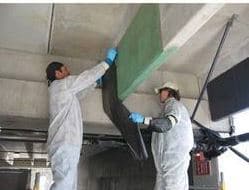
Fig 1: Retrofitting with FRP composites.
2. External plate bonding: Reinforced concrete beam is repaired with externally bonded steel plate, which is economically preferable.
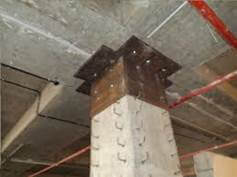
Fig 2: External plate bonding in Retrofitting
3. Grouting: grouting is the process of placing a material into cavities in concrete for the purpose of increasing the load bearing capacity of the structure.
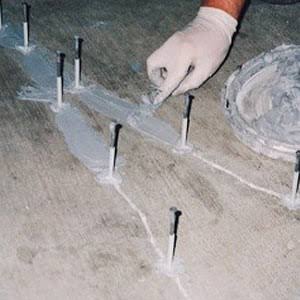
Fig 3: Grouting in Retrofitting
4. Section enlargement: In this method the entire height of the column section is increased and additional main reinforcement bars are provided right from the foundation as per the requirement of additional load.
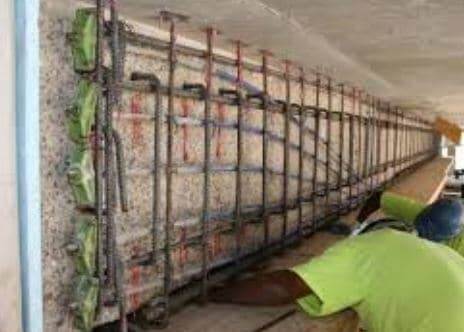
Fig 4: Section enlargement in Retrofitting
Classification of Retrofitting Techniques:
1. Global Retrofitting Techniques: Global retrofitting techniques are used to stiffen the building, by providing additional lateral load resisting elements, or to reduce the irregularities or mass. It includes:
- Adding infill walls
- Adding shear walls
- Adding steel bracing
- Reduction of irregularities
- Mass reduction
- Base isolation
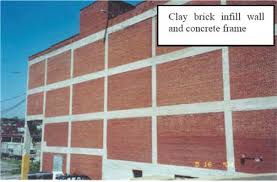
Fig 5: Masonry infill
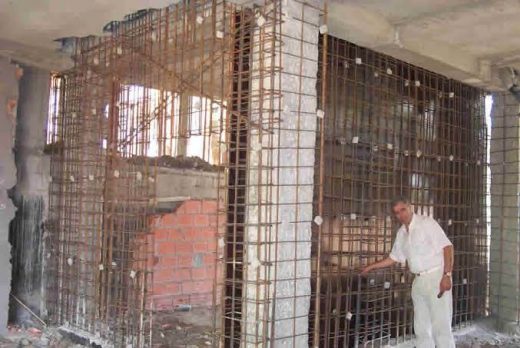
Fig 6: Addition of shear walls
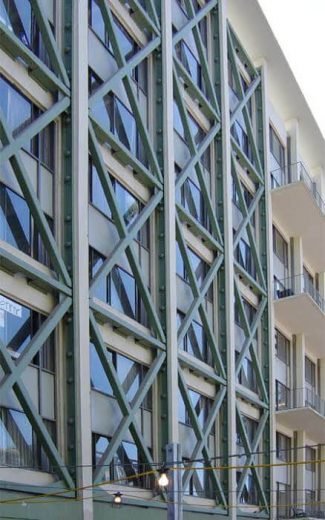
Fig 6: Addition of steel bracing
2. Local retrofitting techniques: local retrofitting techniques include local strengthening of beams, columns, slabs, beam-to-column or slab-to-column joints, walls and foundations. Local strengthening allows one or more under-strength elements or connections to resist strength demands predicted by the analysis without affecting the overall response of the structure. This technique is assumed to be the most economical alternative when a few of the building’s elements are deficient. This method includes:
- Jacketing of beams.
- Jacketing of columns.
- Jacketing of beam-column joints.
- Strengthening of isolated footings.
India has witnessed several moderate earthquakes in the last two decades causing over 25,000 fatalities and innumerable house collapses. Every year a large number of new houses are getting added to existing stock of the country, each earthquake in the last 25 years has identified some major deficiencies of the existing large stock of housing across the country. The prevalent high earthquake hazards, large exposure and high vulnerability indicate that urgent proactive action is necessary to save lives. That is why we can call retrofitting as national urgency.
The main challenge of the retrofitting method is to achieve a desired performance level at minimum cost. In this case, proper design codes are required to be published as code of practice for professionals related to this field. A comprehensive approach is also required for promoting retrofitting of deficient houses.
If you have a query, you can ask a question here.


